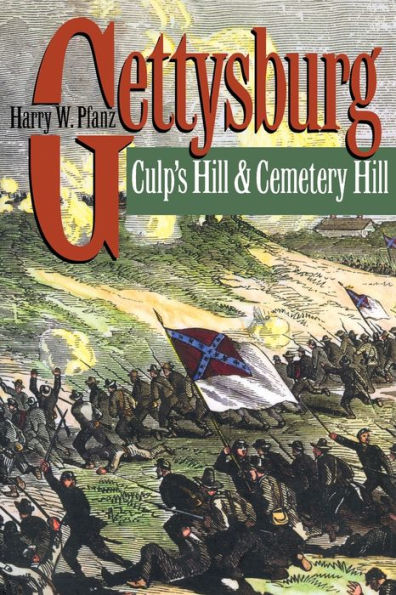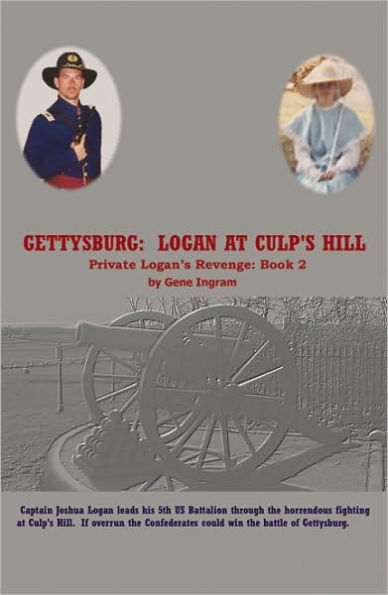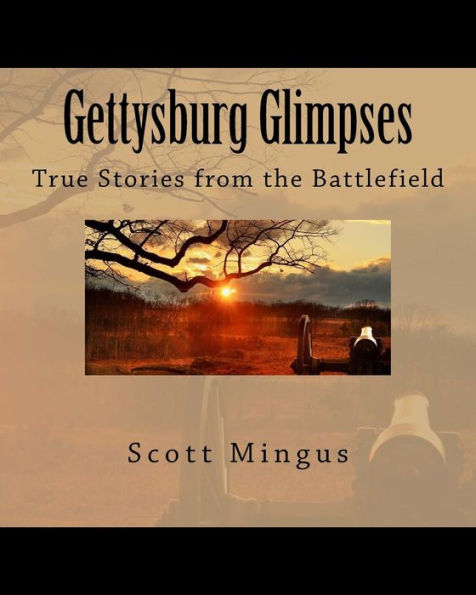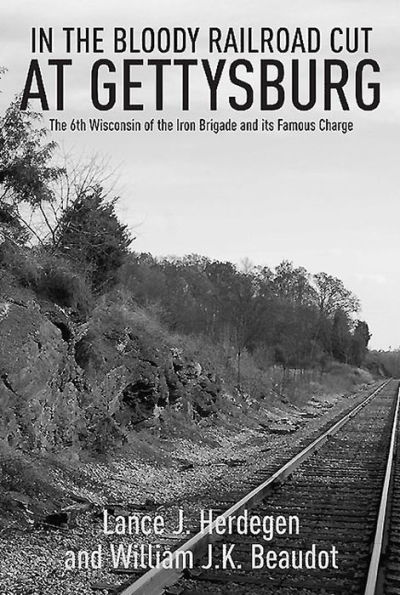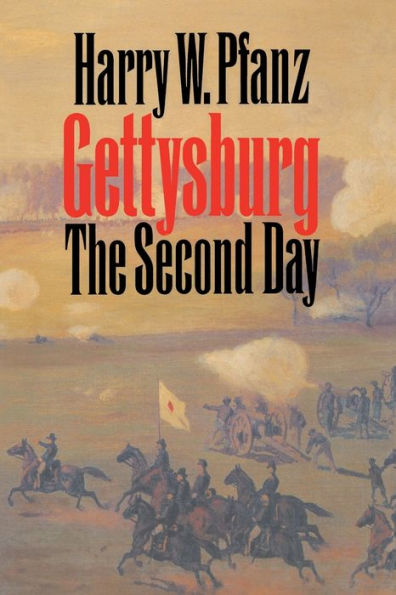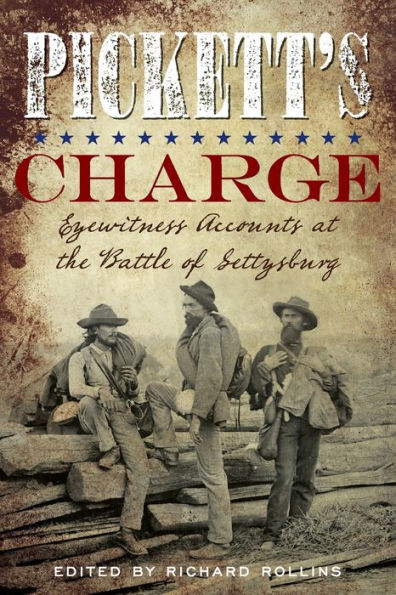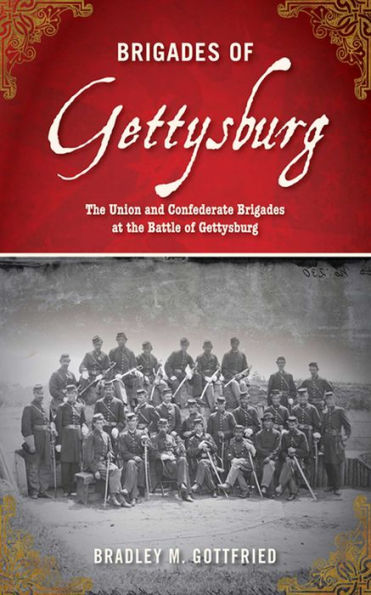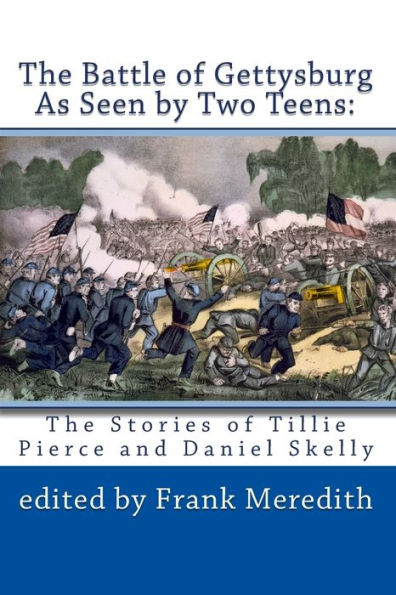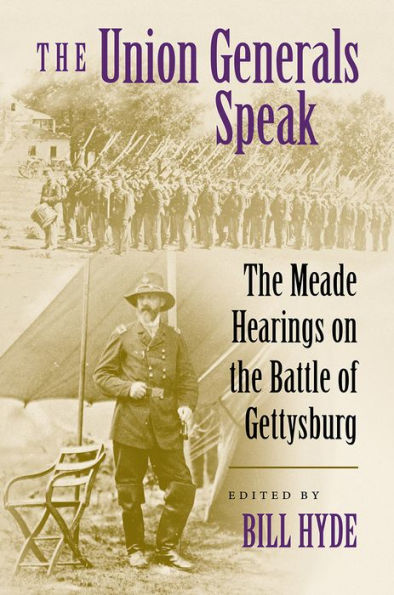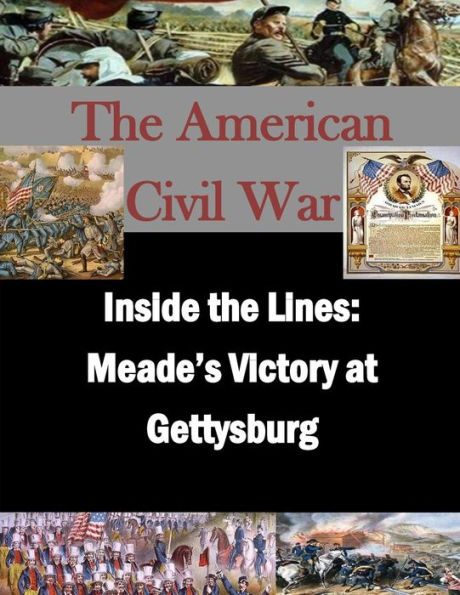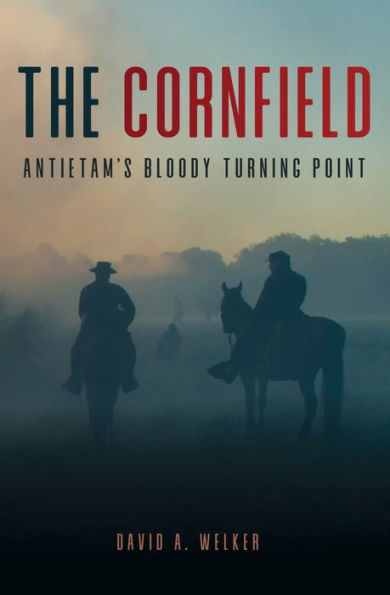Home
"The Bullets Flew Like Hail": Cutler's Brigade at Gettysburg, from McPherson's Ridge to Culp's Hill


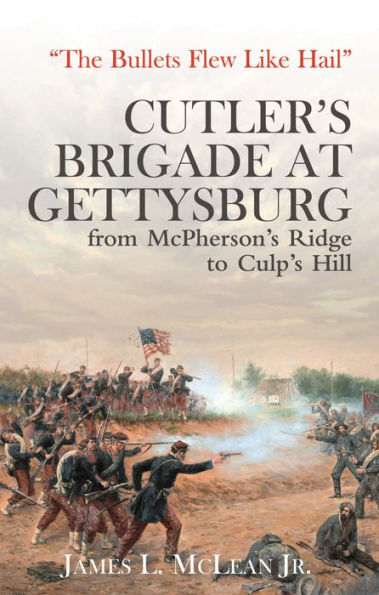
"The Bullets Flew Like Hail": Cutler's Brigade at Gettysburg, from McPherson's Ridge to Culp's Hill
Current price: $32.95
Loading Inventory...
Size: Hardcover
On the morning of July 1, 1863, Confederate forces pressed east toward the important crossroads town of Gettysburg. The only Union soldiers standing in their way were stalwart cavalrymen under Brig. Gen. John Buford. Luckily for the Federals, Brig. Gen. Lysander Cutler arrived with his 1st Corps brigade of infantry just in time to relieve Buford’s hard-pressed cavalry. The fighting spread quickly. Cutler’s stubborn defense, together with the arrival of the famous Iron Brigade, stopped the Confederate advance long enough for other Union troops to reach the field. The desperate fighting that morning helped save the important high ground upon which the battle would be fought—and won—over the next two days.
by James L. McLean Jr. is the only complete account of this brigade’s critical contribution to the grand victory in Pennsylvania.This completely revised and updated edition describes the brigade’s origins, its march to the field, and how it went into action, piecemeal and vulnerable. Two of Cutler’s regiments, the 14th Brooklyn and the 95th New York, along with the Iron Brigade’s 6th Wisconsin, participated in one of the most famous assaults of the war. The trio of regiments simultaneously charged across open ground, repulsed the attack of Brig. Gen. Joseph Davis’s Rebel brigade, and captured a large number of Mississippi and North Carolina troops in an unfinished railroad cut.By the end of July 1, Cutler’s command had faced off against Confederate brigades led by James Archer, Joseph Davis, Alfred Iverson, Junius Daniels, and Alfred Scales. The brigade was one of the last to leave the field of battle and successfully reformed on Cemetery Hill. The brigade was sent to Culp’s Hill on July 2, where that evening and during the early morning hours of July 3, Cutler’s men assisted Brig. Gen. George Greene’s 12th Corps brigade in repulsing spirited Southern attacks against the Union right flank. In doing so, Cutler’s veterans held the distinction of being among the few Union troops who fought all three days of the battle. The performance of the brigade came at a great cost. Only five Union and Confederate brigades sustained 1,000 or more casualties at Gettysburg, and Cutler’s was one of them. McLean’s study is grounded in primary research and a thorough understanding of the complex terrain across which Cutler’s men fought and died. The more than two dozen maps that accompany the text, which depict troop movements throughout each phase of the battle, complement the photos of the battlefield and key personalities who had a hand in the bloody action. The rerelease of this outstanding book fills an important gap in the Gettysburg literature.
